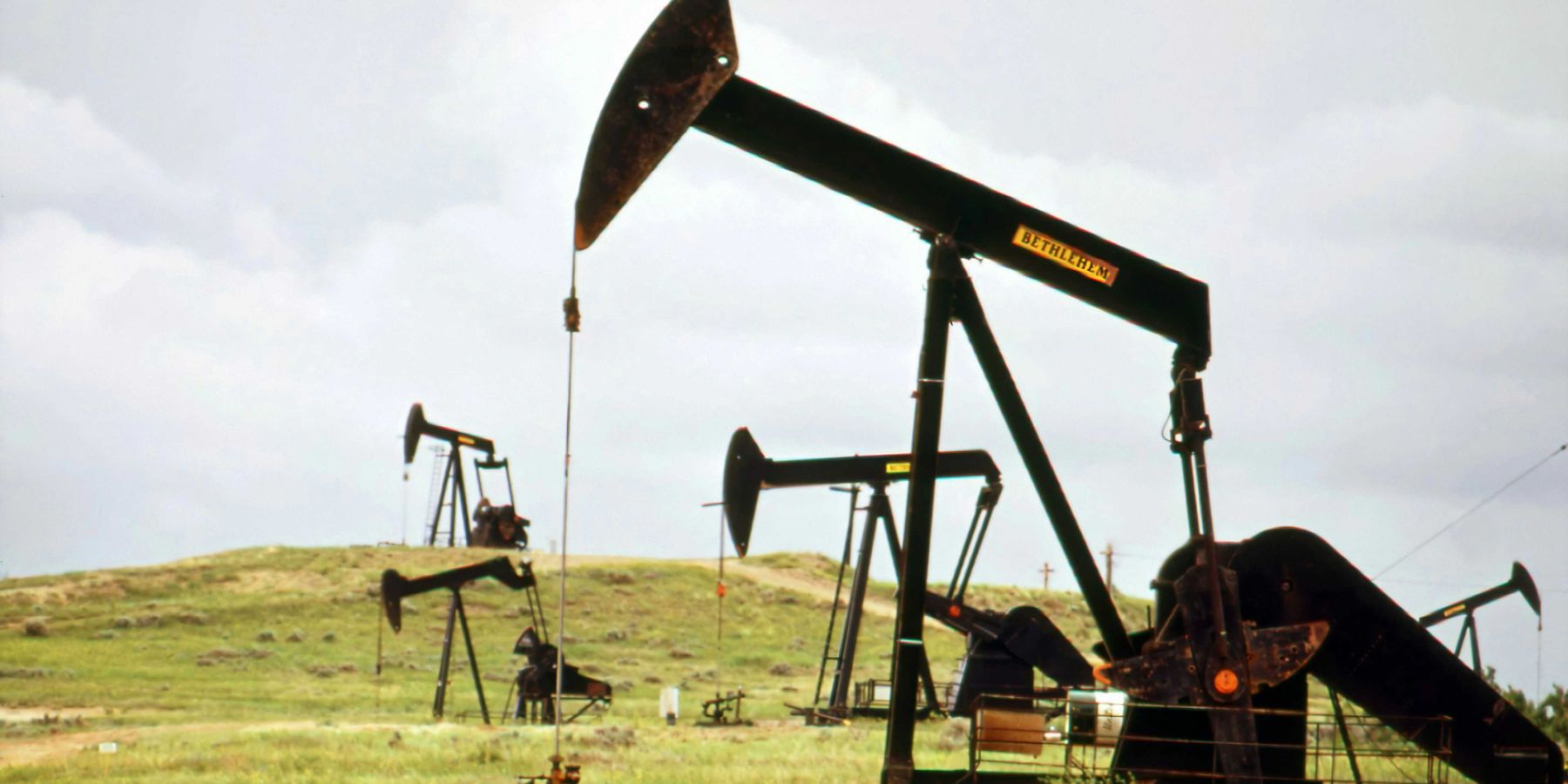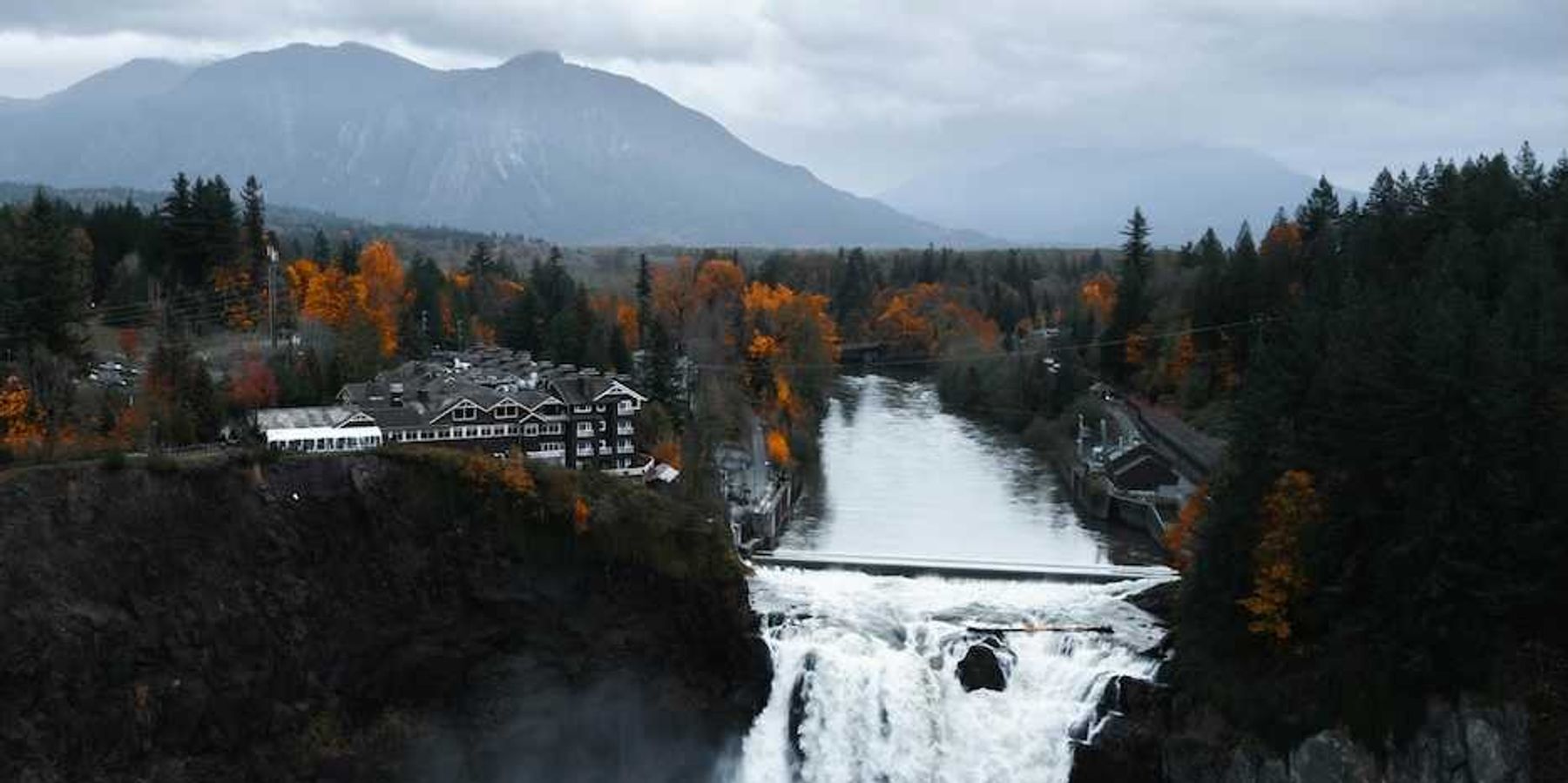Big Pharma’s quiet stake in keeping meat on the menu
The pharmaceutical industry has long been intertwined with factory farming, and now companies like Elanco are pushing back against plant-based meat alternatives to protect their bottom line.
Kenny Torrella reports for Vox.
In short:
- Elanco, a major animal pharmaceutical company, has actively opposed plant-based meat while downplaying the environmental impact of livestock, despite scientific consensus that reducing meat consumption is crucial to lowering emissions.
- The company, along with other industry giants like Merck Animal Health and Zoetis, profits from factory farming by supplying antibiotics and vaccines, which are essential for sustaining overcrowded and disease-prone industrial farms.
- Heavy antibiotic use in livestock contributes to the growing crisis of antimicrobial resistance, a global health threat that has already caused millions of deaths, yet regulatory efforts to curb this practice remain limited in the U.S. compared to Europe.
Key quote:
“Alternatives to animal-derived protein...could negatively affect the market for our products.”
— Elanco, 2019 financial report
Why this matters:
The overuse of antibiotics in agriculture is fueling a global health crisis. The rise of antimicrobial resistance is already killing millions, and yet in the U.S., regulatory efforts to curb this practice have been weak compared to Europe. So while Big Pharma rakes in profits, factory farms keep churning out cheap meat — and antibiotic-resistant superbugs.
Read more: Swine workers on front lines in fight against antibiotic resistance













